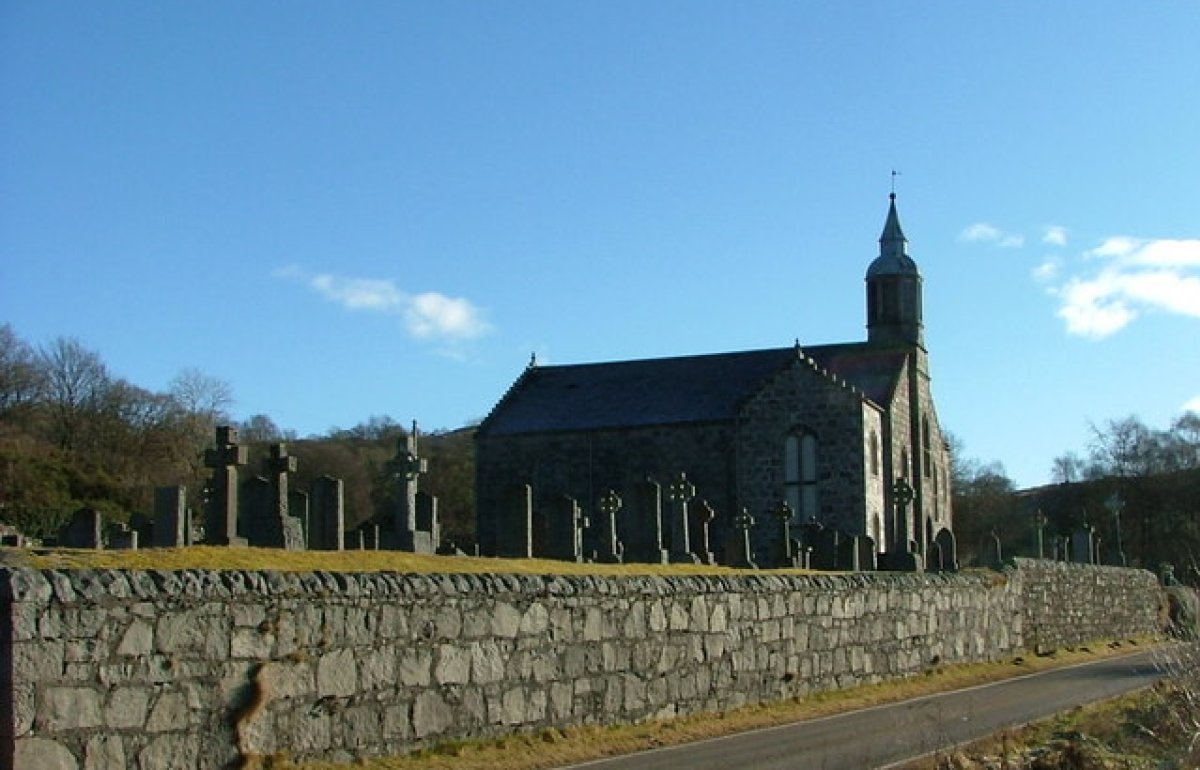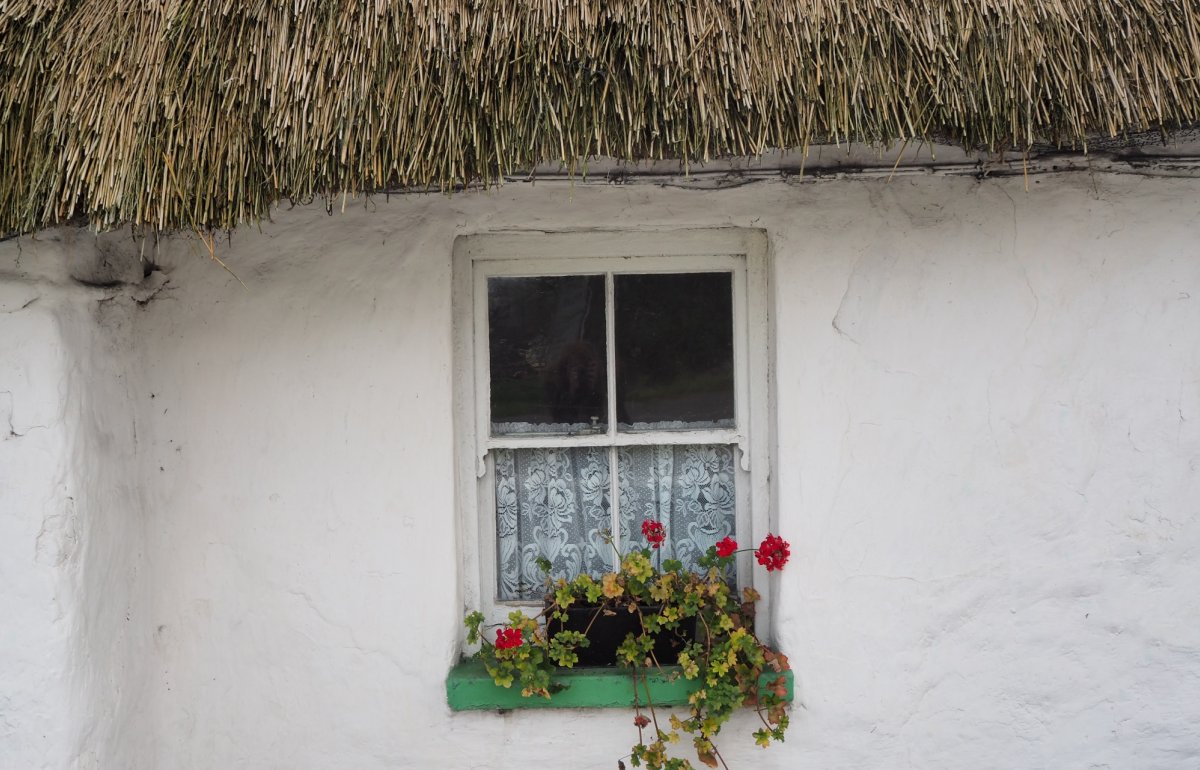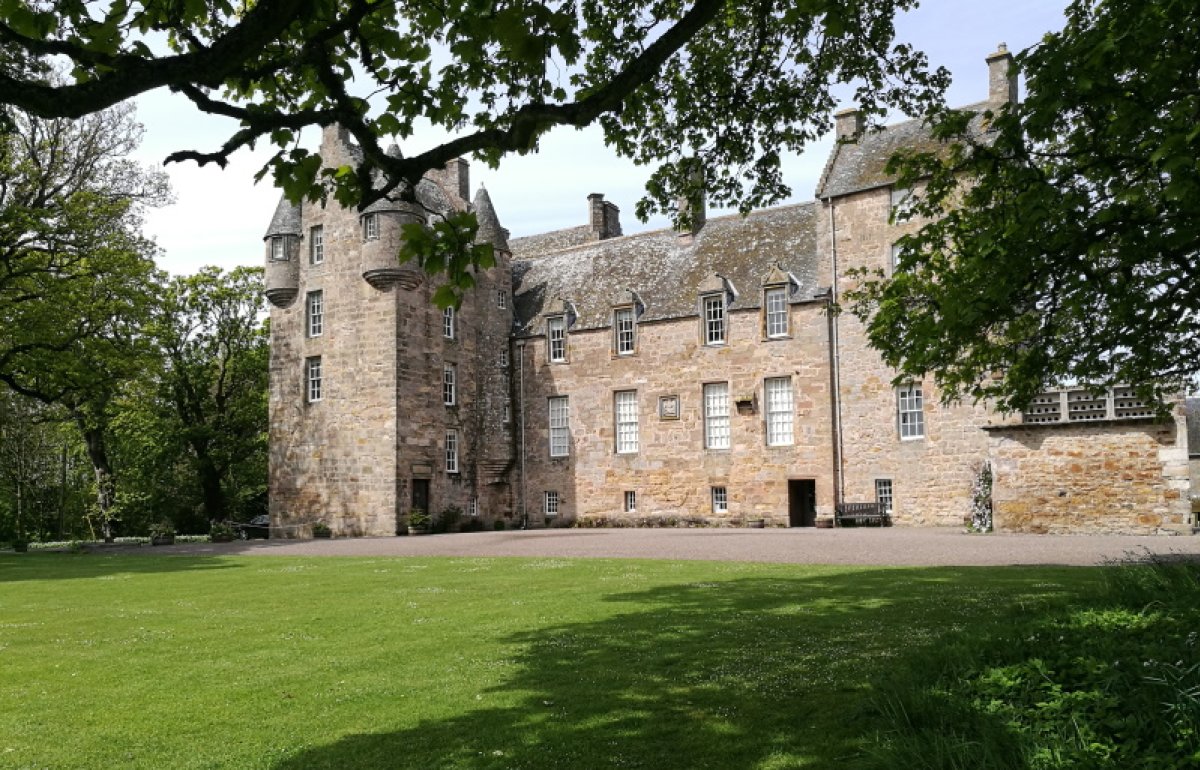
National Treasure: Yatton Chapel, Herefordshire
Share on:
Small is beautiful, says SPAB member and volunteer Allan Ockenden, as he makes a case for a modest ecclesiastical builing.
It is not only grand works of architecture that should qualify as ‘National Treasures’. To the lovers of ancient buildings it is the ‘feel’ of a building, how they imbue a sense of place and time, their relation to the landscape and atmosphere that makes them ‘great’. For me nowhere fits this bill better than the tiny medieval chapel at Yatton, tucked away in a corner of the Herefordshire countryside. It has charm and atmosphere in bucket loads.
I first came across the chapel when looking for a subject building for a building recording exercise during my Masters degree in Building Conservation. Being small and uncomplicated it was ideal and I instantly fell in love with it. I now keep an eye on it as an area volunteer for its guardians, the Churches Conservation Trust. Few people pass this way. The visitors' book records less than 100 visitors every year but discerning photographers, artists and those ardent collectors of England's special places make a point of seeking it out.
Yatton Chapel sits in the centre of a quiet valley with only a lonely farm yard for company. A spider’s web of footpaths converge on it across the fields, highlighting its importance in the life of the dispersed local community in time gone by. Approaching down the farm track today, it could be confused for a farm building. Only its little pyramid roofed bellcote - twisted by time and sitting at a jaunty angle on the west end - gives the game away. However, as the south front comes into view, its magnificent Norman doorway leaves one in no doubt of its ecclesiastical purpose.
Build as a ‘chapel of ease’ to Much Marcle church three miles away, the chapel comprises a single cell measuring only 14m x 6.5m. Its ancient 12th century fabric is leaning and distorted and parts are now propped by buttresses. A datestone on the east wall usefully tells that this wall was completely rebuilt in 1704. The chapel would originally have had little fenestration but an eclectic scatter of windows from the 13th, 16th and 18th centuries now light the simple interior. Inside the uninterrupted space has an earthen floor and nothing else other than a simple wooden alter table and a stone font.
The chapel’s most notable feature is the remarkable 12th century south doorway, sporting elaborately carved decoration with a ‘tree of life’ on the tympanum. The style is of the ‘Hereford school’ seen at Kilpeck but not so finely worked and now sadly eroded by the weather. It seems unlikely that this was originally intended as part of such a humble chapel and has probably been brought from elsewhere. Pevsner observed, it is “reassembled badly” and “lacking all logic” but whatever its merits, this was surely as impressive to the medieval farmers who worshiped here as it is surprising for the modern visitor to find such a work of art in a Herefordshire farmyard.
The chapel fell into disuse in 1841 after a new church was built about a mile away. It subsequently fell into agricultural use until eventually passing into the care of the Churches Conservation Trust in 1974, when a programme of sympathetic repairs was undertaken. This simple chapel is a true hidden gem, a treasure because of its idyllic location, idiosyncratic architecture and sense that the modern world has completely passed it by. This is a place to sit and contemplate the history of the people that have used it over the centuries, ponder the complex history of repair and replacement and feel comfortable amongst its ancient stones.
This article first appeared in the Autumn 2018 edition of The SPAB Magazine.
Sign up for our email newsletter
Get involved



